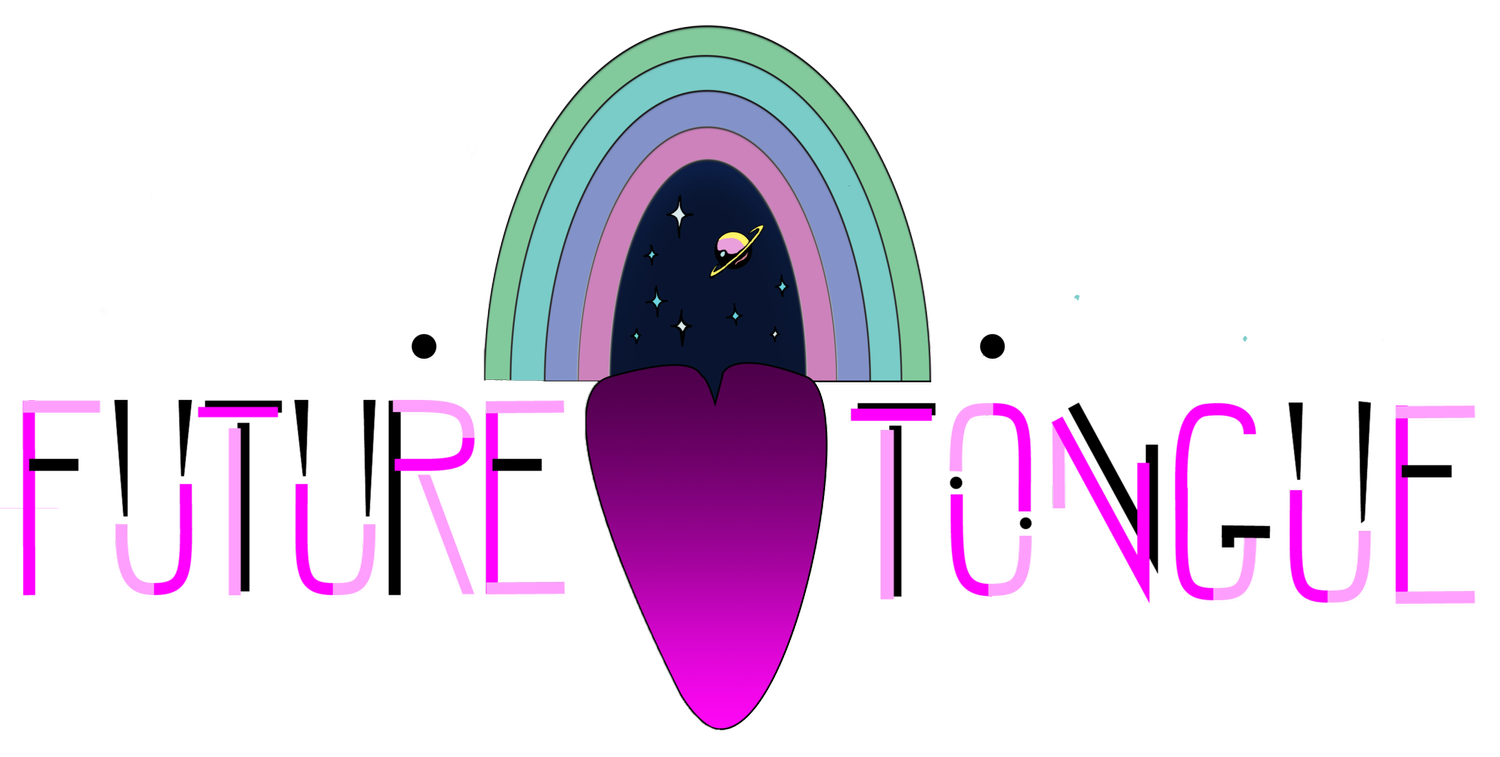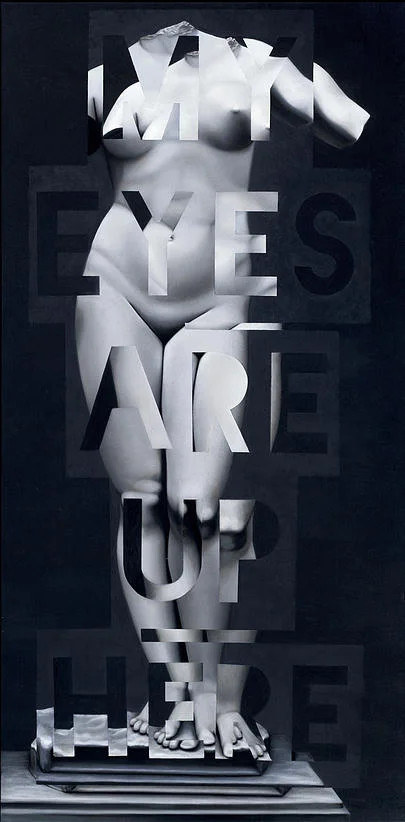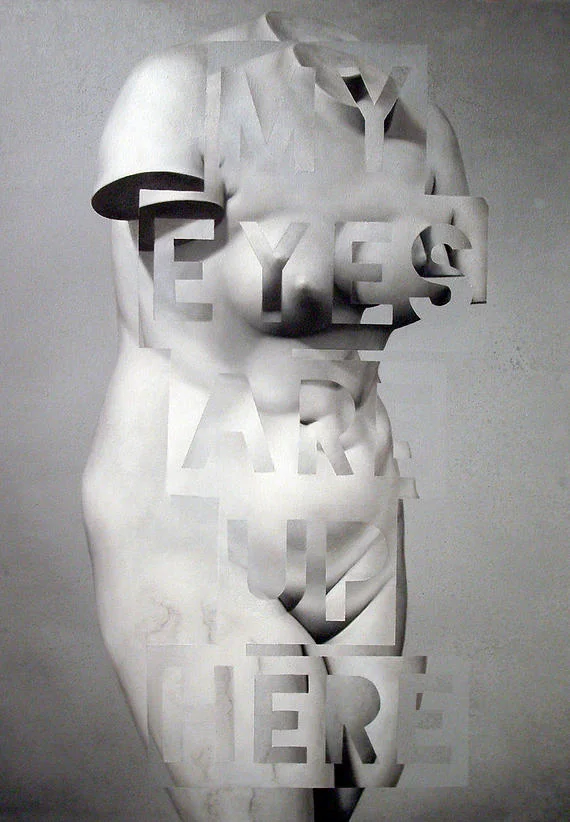BRI CIREL
PANORAMA CITY, LOS ANGELES
Bri Cirel creates portraits that boldly announce the flawed, complicated mess that makes up a human life. Her works highlight thick, gritty issues about self-criticism, religion, and the ridiculous prevalence of tits in the art museum. Although these are some frustrating issues, she tends to approach it with humor. By integrating typography into her photo-realistic images, she is able to get to the heart of her concepts. Her work is proactive, humorous, and simply gorgeous. She is also an incredibly interesting and open person. Cirel certainly deserves some admiration, which is why Future Tongue was so elated that she agreed to give us our first interview. We got into the nitty gritty about her practice and passion and everything in between. We spoke for a full five hours and I tried my best to squeeze it all into this interview. If you’re lucky enough, you might be able to catch some of her work in person. She has some pieces in the Text exhibition at Parlor Gallery in New Jersey, and is apart of Seven at Phone Booth Gallery, in Long Beach. If not then, then here is how you can follow her around anyways.
Website: Bri Cirel // Instagram: @cirel_art // Facebook: CirelArt
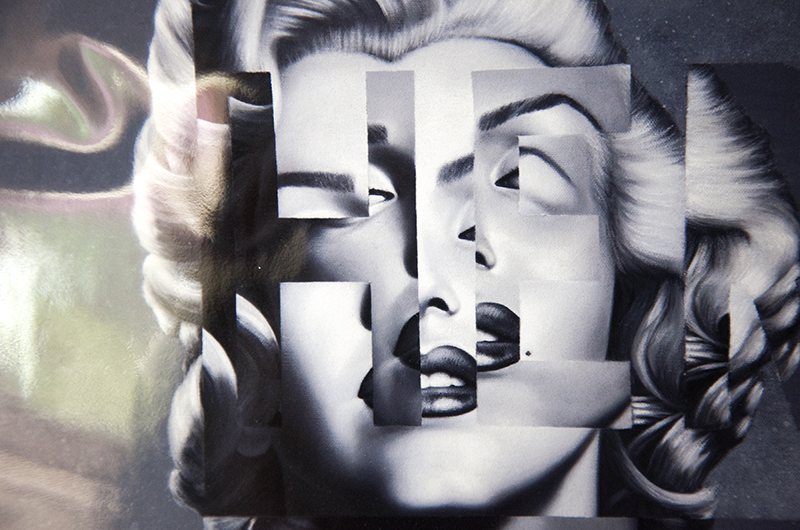
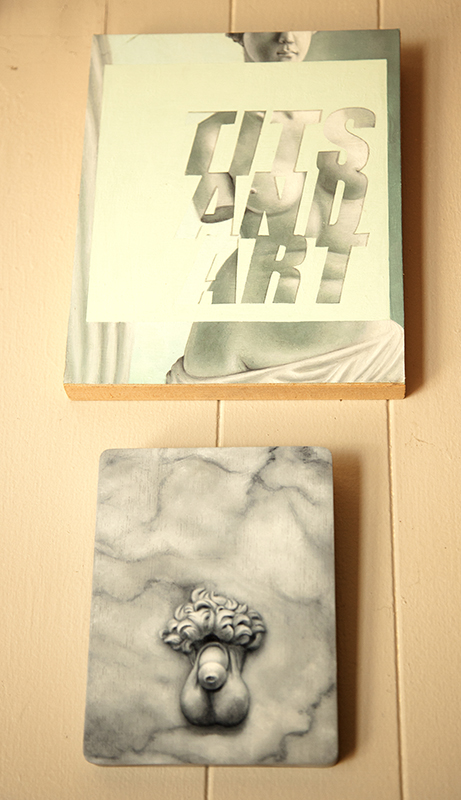
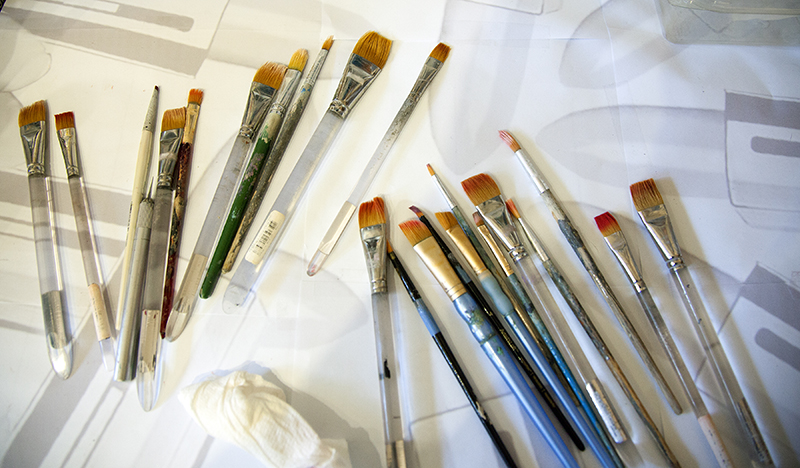
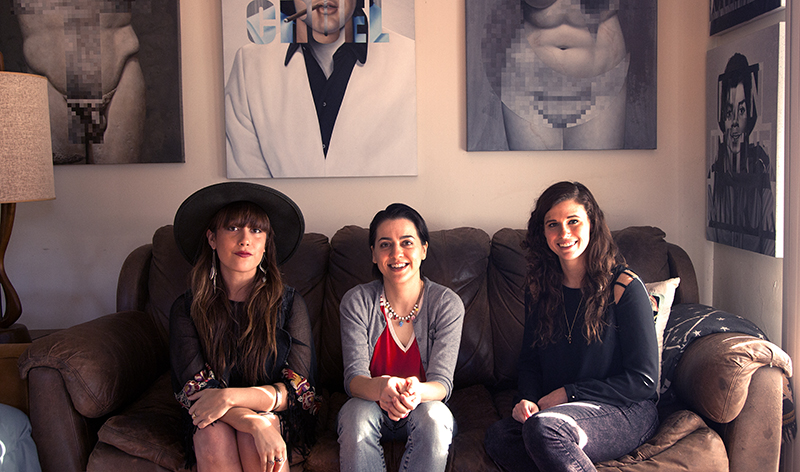
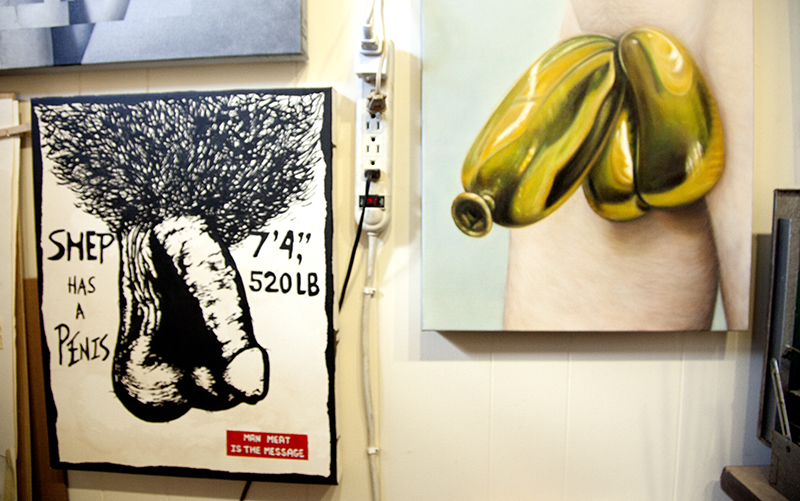
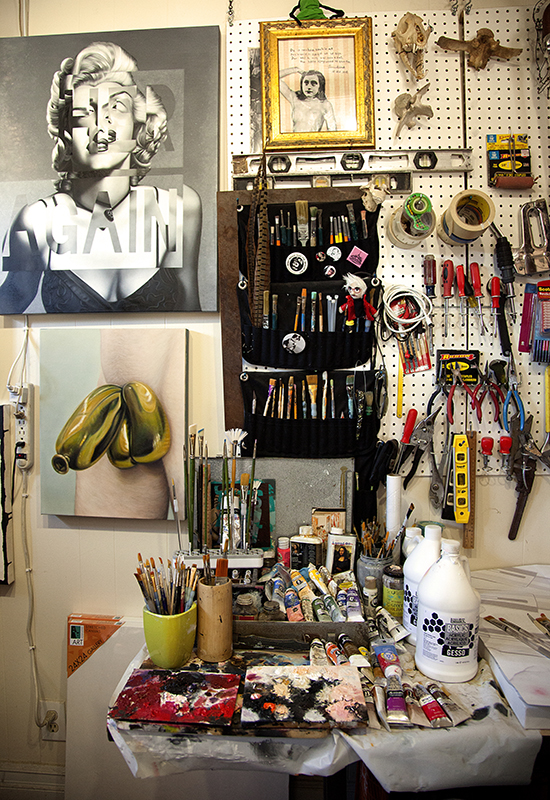
How long have you been painting?
Well, that’s a funny question because I’ve been painting and drawing my whole life. But, I only started oil painting in 2011 and that’s when I would consider myself almost reborn [laughs]. I was self-taught in terms of technique, but before that I used acrylics and just went for it.
What is your inspiration?
I’m inspired by graphic design and really clean, packaged images. I was looking at a lot of 60’s and 70’s imagery, and there’s something cool about that time period in that it feels a little more artsy, but still packaged in a graphic way. Barbara Kruger is a big inspiration. I like the packaging of the words, images, and the colors [or non-colors] that she uses to make up the composition. I just felt like this is perfect. Everything that needed to be there was there and everything that didn’t, wasn’t. I wanted to package my work in a way that is visually clean and doesn’t have a lot of extra junk in it.
How do you describe your work?
I would say my work is graphic. A lot of people mistake my work for a .jpeg compression or a graphic design. Expanding on that, my work is based on layers. I’m interested in layers of information that can create a third meaning. Sometimes you look at a picture and see something first, but then visually dig a little more to see it as a whole. Also, I’m interested in how much information can be read at once, and even the priorities of information.
You have a very distinct, clean and layered style. Can you tell me about your process?
Yeah, I guess my first oil painting that was Tits and Art. After working at a prop house I picked up a few different techniques from using the airbrush and plastics. I feel like I got used to experimenting, so I applied that to my paintings. I started with graphic design on my computer and I just went for it and when I pulled the plastic off I was like, ‘Wow… It fucking worked!’ Because when the plastic was on, it just looked like a disaster.
What kind of tape do you use?
I was using gaffer tape that I got from the prop house, which was way too expensive. But then I tried drawer liner, and it worked! It really depends on the brand and the weather, because some will be messier than others.
Where are you originally from?
I am from Garden Grove, California. I lived there for 18 years before moving to Oakland for seven years. In 2007 I moved to the Los Angeles area.
Do you feel like growing up in Garden Grove has impacted your artwork?
Garden Grove was not artistic at all. It is a very consumerist society; I mean it wasn’t like it is now, where there is a bunch of LA Fitness’s and Starbucks’. At least there were some weird pizza joints when I was a kid. But this consumer aspect may come out in my paintings, because they are very polished. I’ve always been very attracted to that.
How did you develop as an artist?
There were no programs, except one basic drawing class in high school, which was really pathetic. I think that has really formed how I’ve grown artistically, because art feels like a very personal thing. I’m still not very good at sharing my art with other people. But it wasn’t until I went to the California College of Arts in Oakland that my world exploded.
How is the Los Angeles’s art scene different than San Francisco’s?
Totally different. I mean I can only speak to the art culture in Oakland. But there it felt like everybody was an artist. LA feels like a machine with all of these rules, but in Oakland it seemed like everyone was making up their own rules. It’s more like people consume art here, but in Oakland people experience art.
So, why did you leave?
It was super cool and I liked it, but I felt so saturated. We all liked the same awesome movies and the same awesome things. So, in LA, I feel much more isolated; not every one is an artist.
What has your experience been in integrating yourself into the LA art culture?
Well it’s interesting because it’s kind of just starting. I’ve been here for so long but I don’t really feel like I’ve emerged yet. After I quit my job I felt like I needed to keep my head down and just work. So from 2011-2013 that was my focus. I wasn’t even going out to shows then. Meanwhile, many of my friends were getting shows in LA , so I’ve been helping them out. But I’m really bad at schmoozing. I feel like I get really intense and personal really fast so I think I need to practice the whole light discussion thing. I’m good at phase one, but I need to start phase two and get out there and start meeting people.
You studied Film and Video. Has this informed the way you work now?
Maybe in the sense that a lot of my video work had to do with the deconstruction of video media. I was using a lot of VHS tapes and analog media that you could break down, get dirty, and fuck it up. I’ve been told that my paintings look glitch inspired. There wasn’t any conscious relation, but I do think of my paintings as videos. If I got a show I’d love to incorporate video into the layers of my work.
Tell me about being reborn?
After coming back from art school and having a film/video degree I didn’t really know how to translate that to the real world. I floated around working in graphic design for t-shirts and a lot of jobs that were kinda lame. I remember feeling like, god damn it, I’m not following that thing that sent my soul to art school. Then I landed a job at this prop house. I was their resident artist. I did a lot of backgrounds and restoration of furniture. I learned a lot, but after a year I didn’t have any personal work. I didn’t care about the work I was creating, and I remember going through this weird mini-crisis. Because, I was making good money and everyone thought my work was amazing, but that almost felt patronizing. I really wanted to make something that I felt was amazing. After some long conversations with my boyfriend and my family, who completely supported me, I quit my job. That was the push I needed.
That was in 2011 and you’re still painting full time?
I do video work for performer friends and drag queens that I’ve met which you can see on my website, but other than that, yes. I’ve always kept my financial burdens super low. I had saved up a chunk of money while working full time that helped me pay bills for a good while when I quit. But a large part of making that big jump was letting go of my ego and accepting finical help that my partner, Ian, offered me. Also, my parents were very supportive through this transition. We split a house between three people in Panorama City, which helped a lot while I started getting little commission jobs here and there. Since then, I’ve sold paintings and have gotten larger commissions, so we are in a good spot now.
With your My Eyes Are Up Here series, it seems like you’re talking about female empowerment. Is that something that you like to support in your artwork?
Yeah, it’s funny, because at first I was really conscious about not coming off super feminist. It’s supposed to be funny. Same with Tits and Art, I was really interested in subject matter and there are so many paintings of naked women done by men. There was just something funny about that because I was thinking ‘ok, you like to paint naked women…what else? What else is happening?’ It does bring gender into play, but I’d rather it to fit in this humanist realm. We live in this weird time in which it’s like everything we do is categorized as feminist. It’s like ‘oh you want to be your own boss? You’re such a feminist.’ And I’m like, ‘No, I want to take charge of my own life and be taken seriously.’
So about your Marilyn Monroe piece entitled Her Again. I’m tired of seeing her face plastered all over Hollywood. Was that the inspiration for this piece?
Absolutely. When I got started I was really interested in subject matter. Painting is the type of thing that is endless; you could do anything. So the fact that I kept seeing Marilyn Monroe rendered over and over, I was like, ‘Why? Why her? Why are we drawn to her as artists and as a culture?’ It might be a Hollywood thing since we’re close to Hollywood and we’re going to get a lot of the stars. I wasn’t really that into her in general until I saw her last movie, The Misfits. She has this whole break down where she is crying about humanity and how fucking horrible human beings are and I could just see this real person. There was something powerful in that realization that she had a traumatic life and was this really complicated person and we just strip her down to this stamp image.
So how did you approach it?
I was thinking, ‘what makes up Marilyn, visually?’ Boobs, hair, lips, and the mole. I wanted to break that up and create pieces of her. I didn’t know exactly what I was going for, but with the text I’m able to get to the meat of things. I actually have four different designs on my computer. One of them has the H landing right on her eyes to where there were four of them and it was like this creepy spider Monroe. But the one I chose I think speaks to the point that I was getting at. Which is to show her image, but it looks tortured in a way. It’s broken up and complicated and that was the kind of the stuff I wanted to speak about.
Do you have any rituals you preform to get yourself started?
[Laughs] This is the question that I was giggling about. I started listening to tons of music, but music is just so fucking repetitive and the on and off and different energy levels gives me this weird anxiety. So then I started playing movies. But depending on what movie was on TV there could be all these shenanigans going on. So the first ritual that just naturally developed was some network, which I can’t even find anymore, that would play whatever hot, high profile trial was going on at the time. Like I was obsessed with that. I painted a lot to that network. It feels so dramatic listening to these bazaar stories that weren’t real but then they absolutely were.
So what do you do now?
So this is where it gets even weirder. This is so embarrassing to say, but this one network started playing long blocks of Sex in the City [laughs]…. And honestly now its on every fucking day for like four hours. They would just play the seasons over and over and over again so it was just like this weird familiarity that was engaging enough but not distracting. So still today this is my routine and as soon as I hear the theme song my brain is just like ‘work mode’. It’s so weird. It just blends and I feel like these women are in my office. [laughs]
Your studio is in your house. Do you prefer to work so closely to home?
Yes, I feel like I have to be submerged in my art. Unless it’s like right here, then it just distracts me. This way I know that I can finish what I want to after I do my laundry or something like that. It is the weird balance of home life and studio life. I have weird hours too. Like I’ll look at the clock and it will be 2AM and I know I should go to bed so I literally just walk to my room and go to bed, but it would be a dangerous scenario if I had to drive when I’m all cracked out with painter eyes.
Where do you get your images?
I only work from source images on Google. I like working with images that have a pre-established language. I don’t have control over the colors and the compositions so I have to make something out of the established parts. I like having that constriction; it’s like a puzzle. But before that there are pieces, you know. There are pieces everywhere.
Interview by Britt Harrison with artist Bri Cirel. Photos by B. Justine Jaime
